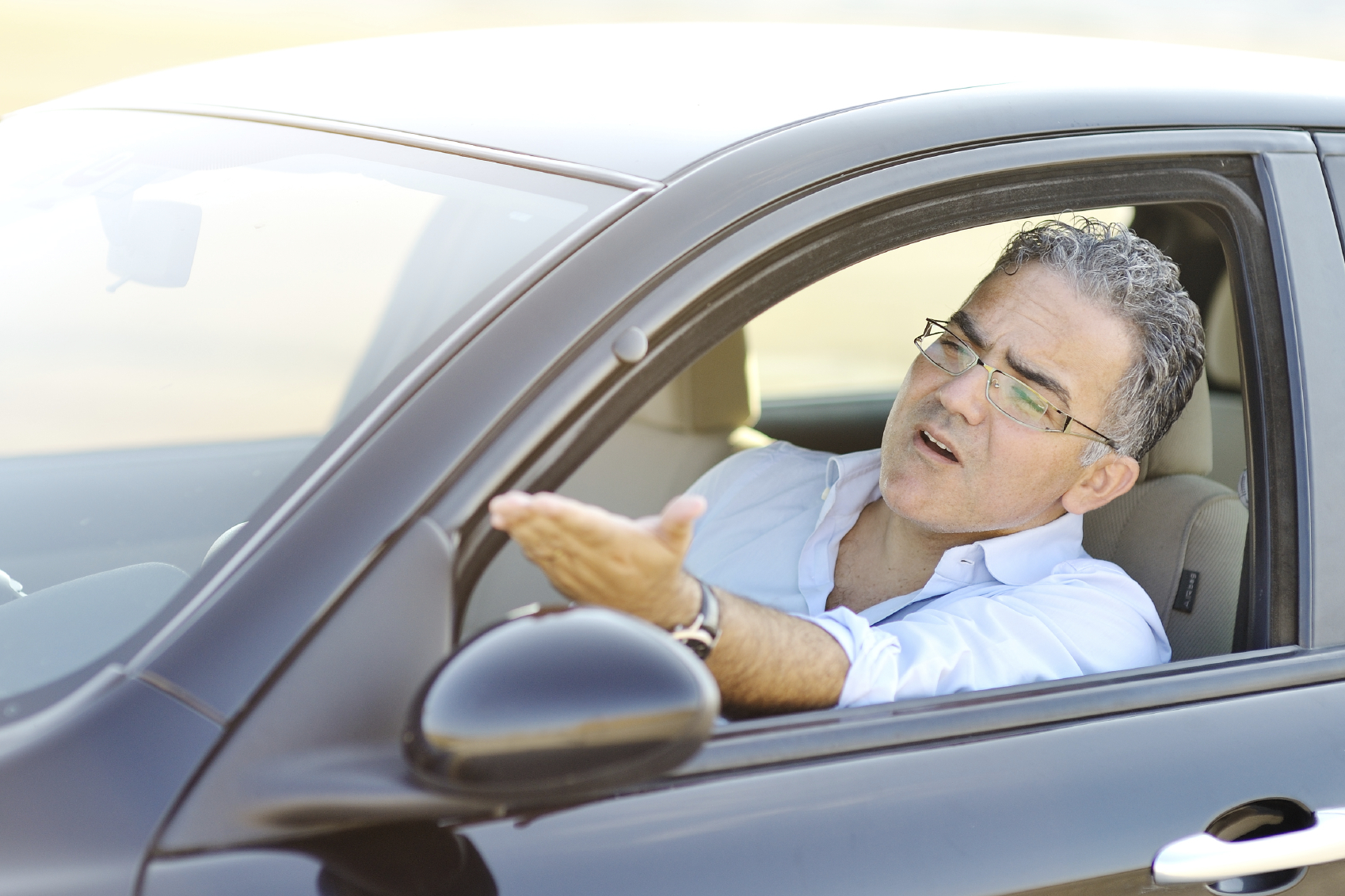
A survey of 2,005 adults found that 31% admit to swearing at strangers while in their car, but only 12% do so face to face.
More than a quarter (26%) shout at others while driving, compared with just 12% doing that in person.
Churchill Car Insurance, which commissioned the study, also found that a third of drivers (33%) have beeped their horn aggressively and 11% have deliberately tailgated another vehicle.
The top 10 excuses for driving aggression include the belief that the other person probably cannot hear them, and feeling protected inside their car, the report found.
Psychologist Donna Dawson said the key to avoiding aggression is not to over-react.
“If we became angry at every perceived injustice that occurred to us on the road we would damage our mental and physical health and probably end up in an accident,” she explained.
“The only way to make driving safe and more tolerable on our congested roads is to show each other patience and consideration.”
Steve Barrett, head of car insurance at Churchill, said: “If you’re confronted with aggressive behaviour on the roads, then try to continue driving calmly and don’t get drawn into an instance of road rage.
“Remember that these frustrations often blow over as quickly as they arose, so it’s best not to give them any oxygen to escalate.”
READ MORE

Enjoy the convenience of having The Sunday Post delivered as a digital ePaper straight to your smartphone, tablet or computer.
Subscribe for only £5.49 a month and enjoy all the benefits of the printed paper as a digital replica.
Subscribe